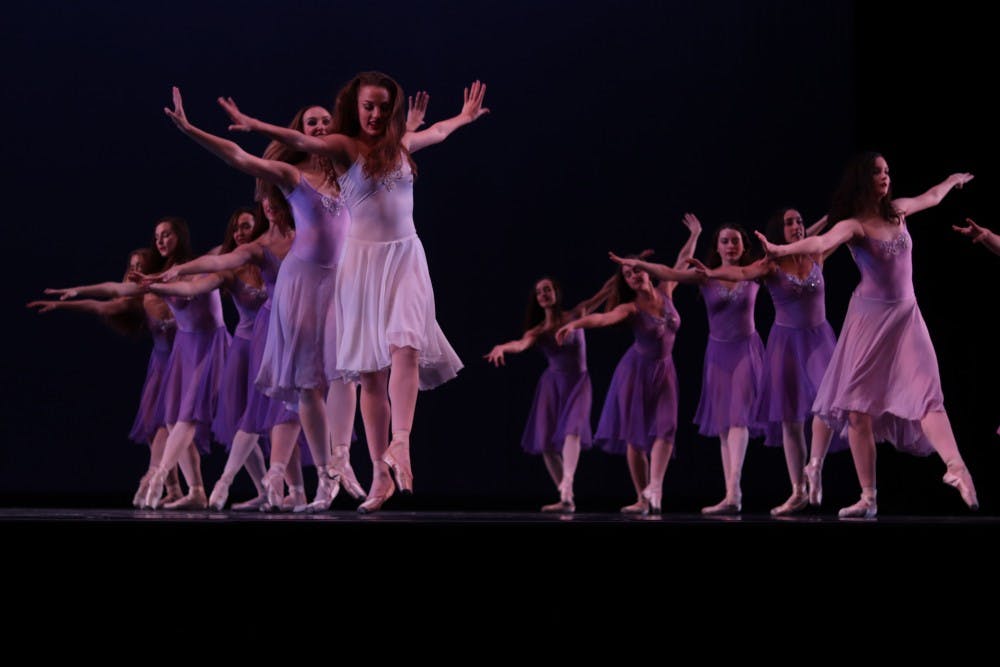Art surrounds us every day through theater, ballet, visual art, music and so much more. Submersion in this culture of art has positive effects, especially if children are exposed to it at a young age. Cities should ensure that their arts and culture scene is accessible to the public — with particular emphasis on those who may be underexposed, like children and people with special needs — in order to foster a more creatively productive community.
Lisa Phillips, author of "The Artistic Edge: 7 Skills Children Need to Succeed in an Increasingly Right Brain World," discussed in her book the benefits and skills art creates in the lives of children.
These include things like confidence from engaging in theater or ballet, through which children learn to speak or perform in front of a large audience and are taken out of their comfort zones. Things like rehearsal teach them that it's okay to make mistakes. Children also learn dedication from being committed to their specific art form, as well as what's expected from the arts: creativity, collaboration and how to understand body language.
These are essential qualities to have in the professional world, so learning them early on is helpful. With STEM being so deeply ingrained into the minds of children for a future profession, characteristics like creativity and confidence can sometimes get lost in the shuffle.
If the arts are talked about it more in public schools or if they become more accessible in public spaces, people will become more creative, confident and life would be more colorful.
One example of this coming to fruition is the artists of Delhi, India who decided to make their community more accessible through Delhi Art Slam.
"We’re a small group of people coming together to bring about a change in the current art scene and environment," the organization's Facebook states. "We aim to localise art galleries and museums by creating/organising slam events across the city's ordinary public spaces and cafes, open and participative for all."
If every city followed in Delhi's footsteps, art would be more accessible for everyone. Some cities are known for being "artsy," like Asheville, North Carolina or "NoDa" as Charlotte, North Carolina's arts and entertainment district.
Columbia has what it needs: great performing arts through organizations like Columbia City Ballet or Town Theatre, visual art in museums like the Columbia Museum of Art as well as music venues like Music Farm. Our city has the backbone to thrive in the artistic community, art just needs to be taught in schools' curriculums so the accessible art in Columbia is familiar.
“We must focus on educating the whole child,” National Education Association President Dennis Van Roekel said. “Students should be exposed to a broad and rich curriculum that includes not only math and reading, but courses and clubs that focus on dance, music, art, theater and other creative disciplines."
A problem the performing arts faces is being accessible for those with disabilities. The performing arts, while magical for most, can be stressful for someone with a learning disability. This doesn't mean they should not be able to experience the magic.
This can be addressed by creating special performances with adjusted lighting and sound that's not overwhelming. Signing can also be used in theater performances for those that are hearing impaired.
It is the responsibility of those involved with the arts to make it accessible to everyone. The arts give people with disabilities high self-esteem and happiness, and might include a field they can excel in while facing other learning difficulties. If students aren't exposed to it in school, they may have a hidden talent that will never be discovered.
"The arts are important. They enrich our lives," Roekel said. "They have always offered ways to learn and express ideas.”

